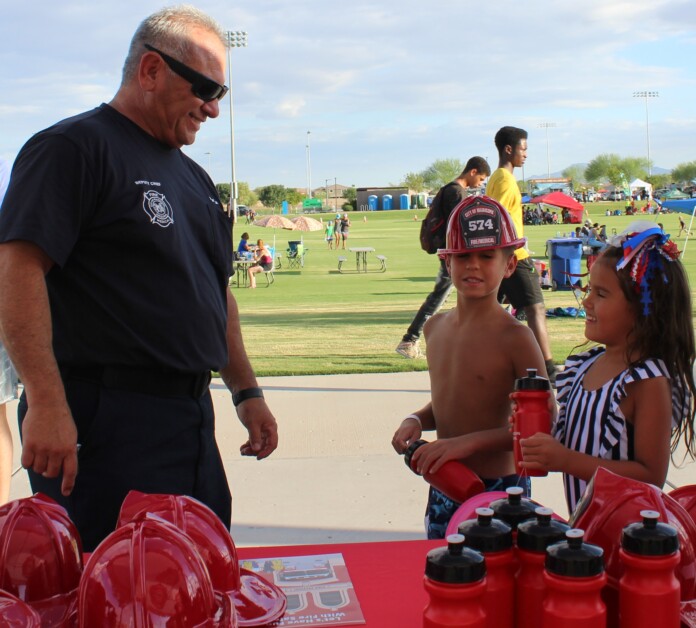
You’re relaxing at home. Suddenly, you notice smoke billowing. Usually, it’s from the kitchen. By the time you see it, you might have only minutes, perhaps even seconds, to get your family and yourself out safely.
No problem, because you’ve long-since created, reviewed and practiced your family-escape plan for situations just like this.
Or have you? Do people in Maricopa do a good job planning how to get out in the event of fire?
“They do not,” said Ken Pantoja, Maricopa Fire/Medical deputy fire chief.

If you haven’t created a family-escape plan for your home, you are the target of this year’s Maricopa Fire/Medical initiative during Fire Prevention Week, which runs through Saturday. This point of emphasis is not limited to Maricopa. “Fire Won’t Wait. Plan Your Escape” is National Fire Protection Association’s theme for Fire Prevention Week.
Maricopa Fire/Medical plans several outreaches during the week, mostly to youngsters in schools.
“We totally educate them,” Pantoja said. “Then kids go back home and educate their parents. We get calls from parents or emailed thank-yous.
“They tell us about their escape-route plans. We want them to get to where they don’t even think about their meeting area. It’s automatic. Maybe it’s the neighbor’s house, so when we arrive everybody’s sitting at their meeting place and we quickly know everybody is there and accounted for. It works. If we’re missing somebody, we go in and bring them out.”
A good escape plan, according to Pantoja, is one in which everyone leaves quickly.
“A lot of people want to go looking for the dog, their jewelry, their pictures. That’s what we’re there for,” he said. “We want to get the fire out quickly and then get the valuables out that you might need.
“We had a pretty big house fire about 10 years ago. The lady wanted her jewelry box because it had pictures in it. The house was burning pretty good. All she wanted was that box, and we found it. That fire burned a lot of the house, but she was so happy for that box. Leave valuables behind. You can’t replace a life.
“A lot of people put bags together and have them ready. You don’t have time for bag. That’s not a good idea. We’ll get you whatever your need.”
Pantoja also recommends planning more than one way out, especially in a two-story home. There are throw-out ladders on the market that can be kept in upstairs bedrooms.
“Fire Won’t Wait. Plan Your Escape” can mean the difference between life and death. Tips include:
- Make sure your home-escape plan meets the needs of all family members, including those with sensory or physical disabilities.
- Smoke alarms should be installed inside every sleeping room, outside each separate sleeping area, and on every level of your home. Smoke alarms should be interconnected so when one sounds, they all sound.
- Make sure all doors and windows open easily.
- Have an outside meeting place a safe distance from your home where everyone should gather.
- Practice your home fire drill at least twice a year — at least once during the day and once at night — with everyone in the household.
Adults might recall when firefighters came into their classrooms when they were in elementary school, delivering fire-safety messages during October.
Similarly, Maricopa Fire/Rescue wants to get to young people today with safety messaging.
“We have swag that we give them,” Pantoja said. “Coloring books – you’d be surprised how much education is in them. Plastic firefighters’ helmets. It’s nice stuff we give the kids.”
According to NFPA data, home is where people feel safest, yet it is where they are at greatest risk. Three-quarters of all U.S. fire deaths occur in homes. People are more likely to die in a home fire today than they were in 1980.
“Today’s homes burn faster and hotter than they used to, minimizing the amount of time they have to escape safely,” said Lorraine Carli, vice president of the NFPA Outreach and Advocacy division. “In a typical home fire, you may have as little as two minutes to get out from the time the smoke alarm sounds.”
Among other messages Maricopa firefighters take to kids are stop, drop and roll techniques, the importance of changing smoke-detector batteries once a year and when in the kitchen let an adult do the cooking. Pantoja points out that few people still smoke inside homes. Smoking once was among the leading causes of house fires.
Most home fires are around the stove area, Pantoja said. If there’s a grease fire on the stove, cover it. If the fire is too large, just get out of the house, he advises.
“And we teach the kids not to be afraid of firefighters,” Pantoja said. “We come in with fire gear on so they can see what it looks like. Sometimes, kids hide from a fireman because they’re scared of them.
“We want them to know that we’re here to help, not hurt mom and dad. You’d be surprised how many kids are scared, but when they see us in the classroom, they feel more secure.”
To learn more about Fire Prevention Week: nfpa.org/fpw.


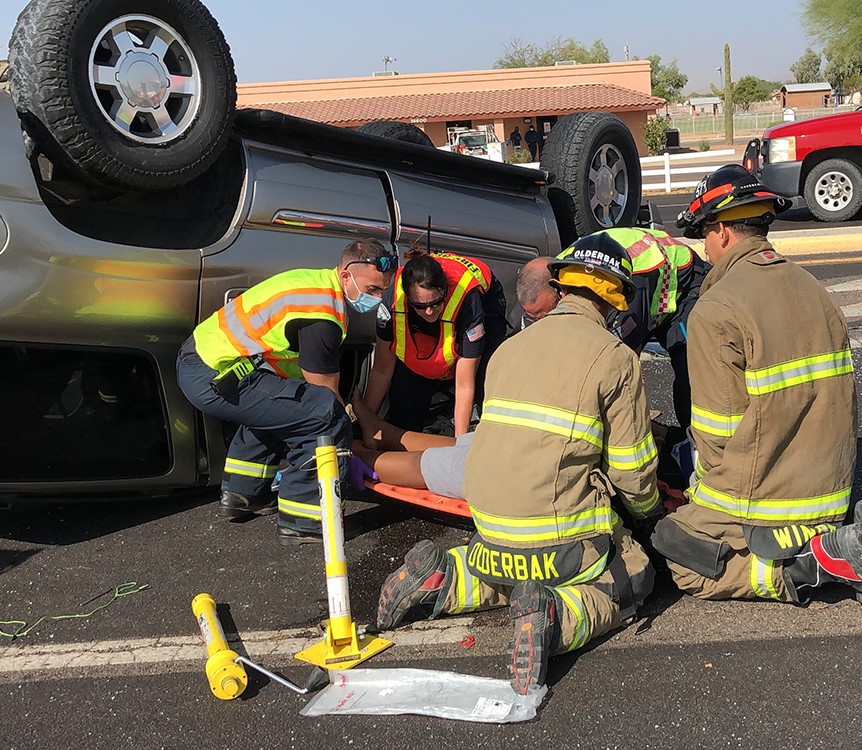
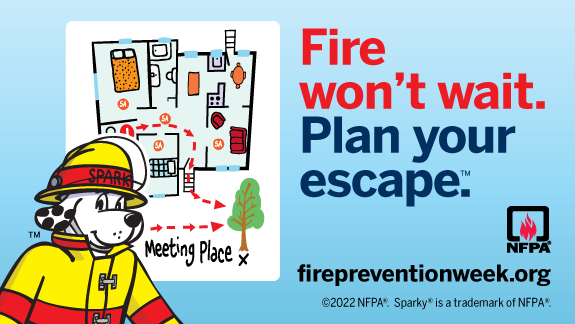
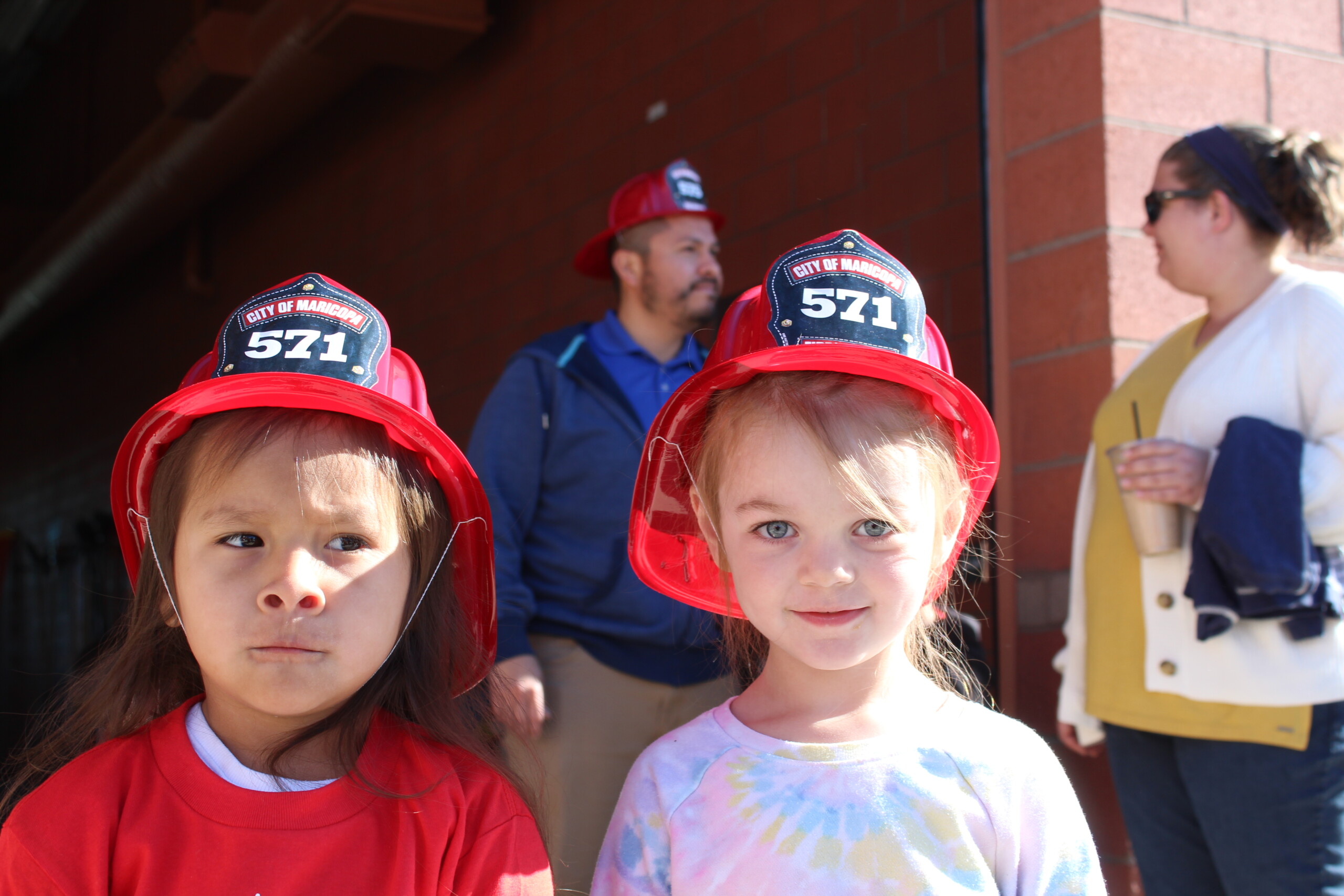
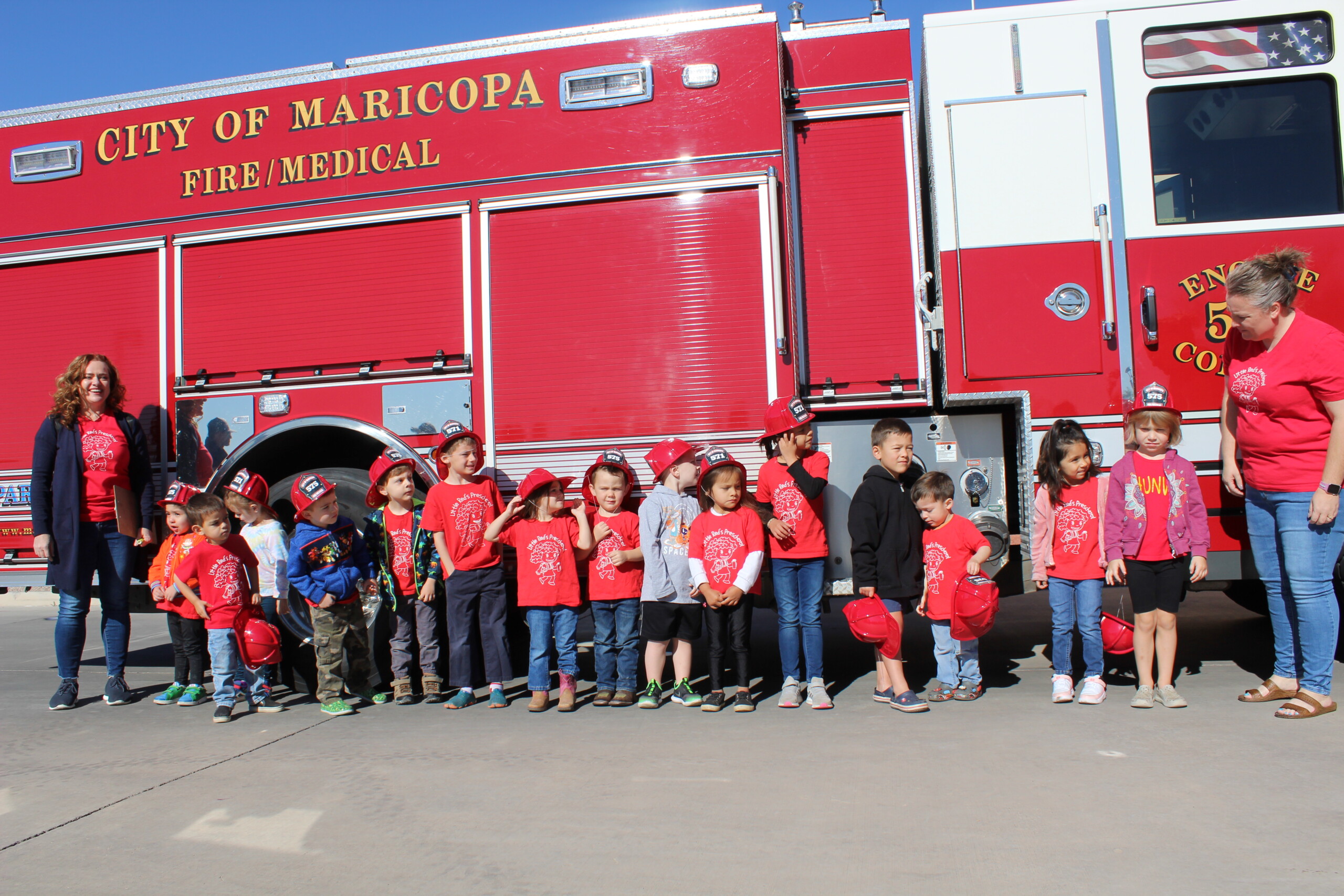
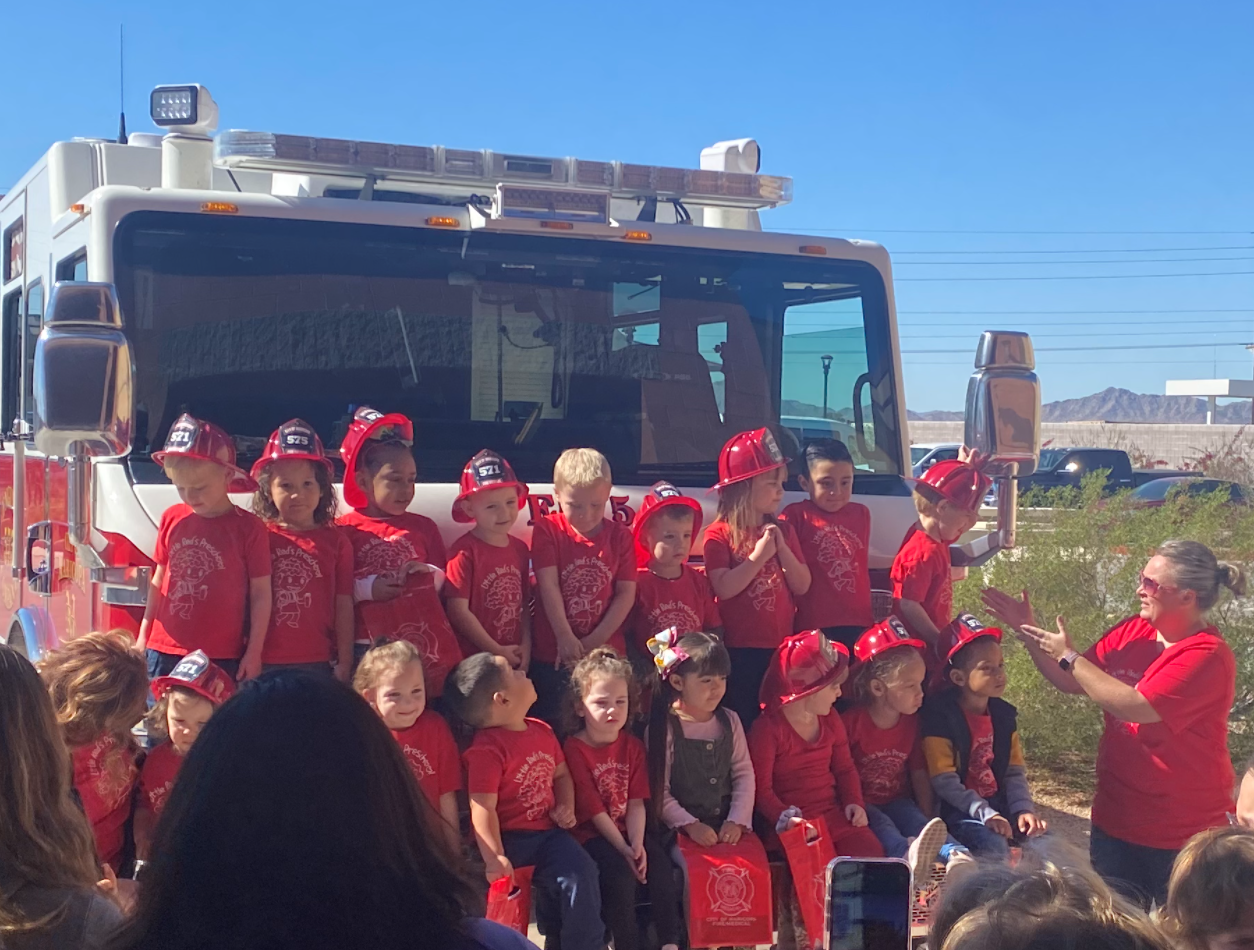
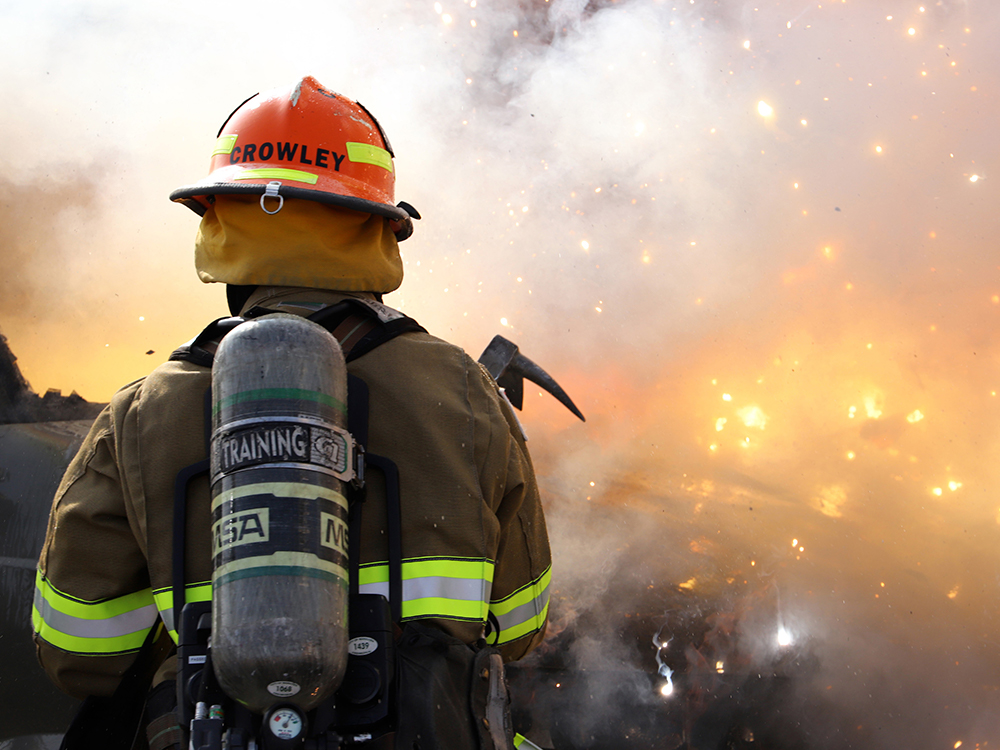

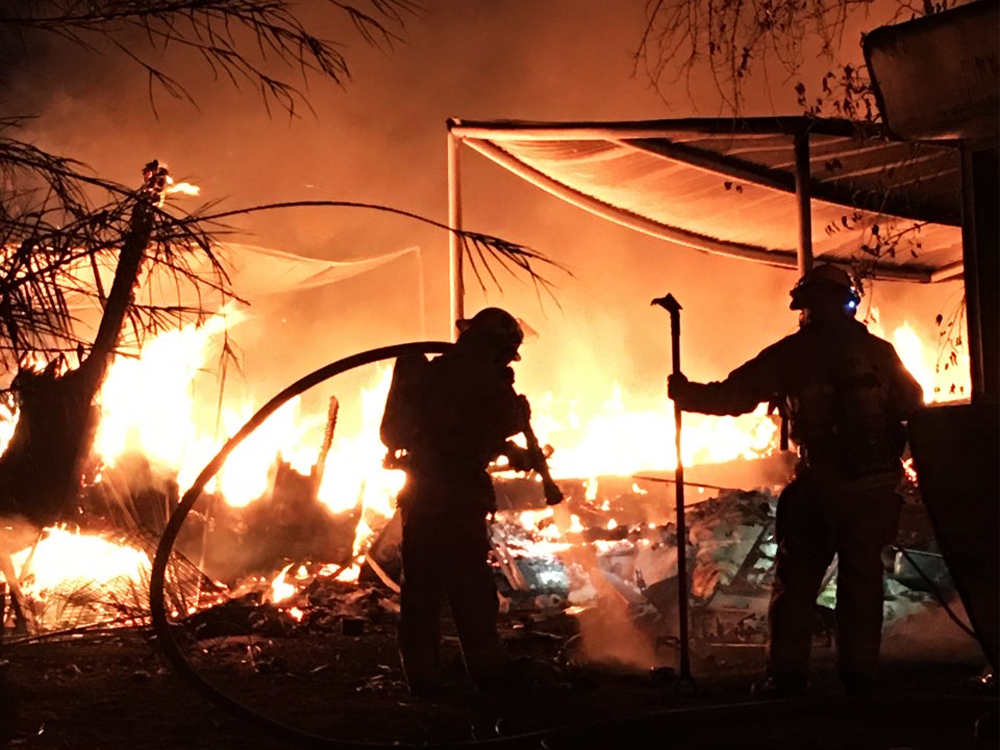

![Affordable apartments planned near ‘Restaurant Row’ A blue square highlights the area of the proposed affordable housing development and "Restaurant Row" sitting south of city hall and the Maricopa Police Department. Preliminary architectural drawings were not yet available. [City of Maricopa]](https://www.inmaricopa.com/wp-content/uploads/2024/04/041724-affordable-housing-project-restaurant-row-218x150.jpg)


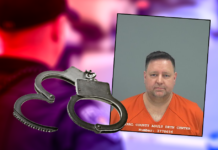


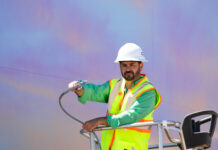






![Affordable apartments planned near ‘Restaurant Row’ A blue square highlights the area of the proposed affordable housing development and "Restaurant Row" sitting south of city hall and the Maricopa Police Department. Preliminary architectural drawings were not yet available. [City of Maricopa]](https://www.inmaricopa.com/wp-content/uploads/2024/04/041724-affordable-housing-project-restaurant-row-100x70.jpg)

